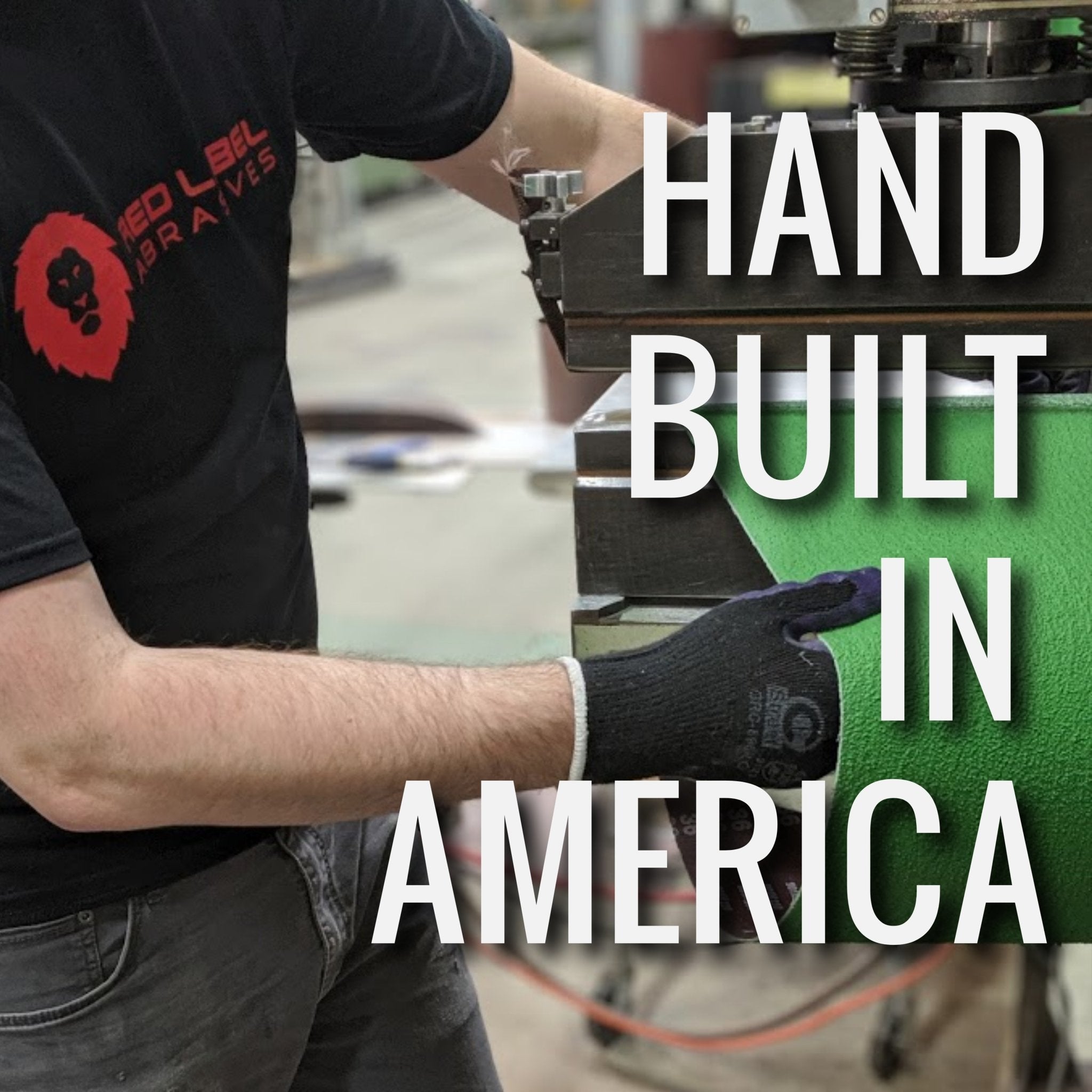Your Cart is Empty
Free Shipping over $150 (Excludes Oversized Products)
Free Shipping over $150 (Excludes Oversized Products)
Sanding Belts
Sanding Discs

2025 Knife Making Industry Survey
by David Kranker 5 min read

The Current State Of The Knife Making Industry
The knife industry isn’t just surviving - it’s thriving. The industry has a market value of over $12 billion, and shows likeForged In Firehave given bladesmiths the spotlight in front of a national audience. Despite the size and growing popularity of the industry, we noticed one thing seemed to be missing that many other global industries have: an industry survey.
The team at Red Label Abrasives set out to create an industry survey in 2020 that would shed light on the health of the market, the obstacles involved with production, the current preferences of both knife makers and consumers, and what the future of the industry may hold. We've committed to updating our survey annually, where we survey over 100 different bladesmiths throughout the country each year. The results of the survey for 2025 can be found below.
Market Performance
Sales

2025 is the third year in a row where a majority of makers have reported lower sales compared to the year prior. 61% of makers have indicated that their sales have not increased this year so far compared to last year. The declines in sales coincide with inflation, tariffs, and lower consumer spending power.

Three years of declining sales may have left makers scared to raise prices. Even with rising material costs, the survey found that 56% of knife makers have not raised their prices in the last two years, compared to 52% last year. The Consumer Price Index has risen 2.3% in the last year. Now is likely as good a time as ever for makers to consider increasing their prices.

When polled about prices, the largest percentage of makers (47%) list their knives for sale in the range of $101-250. Another 28% of makers list their knives for $251-500. Only 7% of makers charge $501 or more. This data suggests that many knife makers have actually decreased their prices in the last year. Nevertheless, most makers still occasionally sell a piece for premium prices. 25% of makers have sold at least one knife for $501 or more with 4% of makers having sold a knife for as high as $2,001 - $5,000.

A majority of knife makers (62%) indicated that most of their sales have come from referrals this year. Digital platforms followed with 12% of knife makers crediting social media for a majority of their sales, and 3% of makers crediting their own website. This is the first year that personal websites have beaten online marketplaces, so makers may be investing more into their own websites. New makers who don't have a network built to earn work from will likely want to start with social media.
Current Obstacles

The most prohibitive obstacle for growth in the industry continues to be the cost of materials and equipment, with 37% of knife makers citing material and equipment costs as a major issue. Interestingly, this is down from 44% last year, even though materials haven't gotten any cheaper.
Production inefficiencies, marketing difficulties, and decreasing demand all followed after equipment costs with 14% each. Despite these difficulties, makers do appear to have optimism for the future.
Industry Outlook

Despite three years without sales increases, the outlook for the knife-making industry appears to be positive, according to makers. The majority of knife makers (56%) expect the knife-making industry to grow in 2026. Positive sentiment has been declining in the past several years. Makers aren't as optimistic as they were in 2024 (64%), 2023 (73%), or 2022 (84%). Nevertheless, there is still a strong sense of optimism for the coming year.
Preferences Of Consumers & Professionals
Favorite Blade Material

Makers and consumers both agree on the best blade material. Our survey found that 62% of consumers prefer high-carbon steel, while 64% of knife makers selected high-carbon steel as their favorite blade material. This makes sense considering high-carbon blades are generally more wear-resistant and can be honed to an even sharper edge. Stainless steel was the second most popular blade material.
Favorite Handle Material

There was also alignment between consumers and makers with handle materials. Wood was the most popular material for consumers at 62% of all purchases. We found that 67% of knife makers also selected wood as their favorite handle material. Micarta came in second with 20% of consumers favoring the material and 15% of knife makers citing micarta as their favorite.
Favorite Blade Shape

Drop point has held the top position for the last 4 years as the favorite blade shape. 61% of consumers and 42% of makers identified the drop point as their favorite blade shape in 2025. Drop point is revered for its long cutting edge and ability to perform precision work. Drop point is great for hunting. Clip point was the second most popular with 12% of consumers favoring the style and 15% of the vote from makers.
Most Popular Knife To Produce

Hunting knives continue to take market share as the most popular knife to produce. 48% of knife makers indicated that hunting knives were their most popular knife. This was an increase of 7% from 2024. EDC knives (18%) surpassed culinary knives (16%) for second place this year. Utility knives remained the fourth most popular knife type at 5%.
Preferred Grinder

For the purposes of the survey, grinders were broken down into two categories: brand and belt size. When it comes to brand preference, Ameribrade has been the preferred brand for the last four years, with 17% of makers using an Ameribrade grinder (an increase of 1% from 2024). Alec Steele beat out non-branded home-built grinders for second place this year, with 16% of makers using an Alec Steele grinder.

Belt size preference was less evenly dispersed. 83% of knife makers reported using a 2" x 72" belt grinder, which makes sense. 2 x 72 belts are widely considered the most popular option for professional knife making. 2 x 42 inch belt grinders were the second most popular size with 4% of knife makers using them.
Where Do The Pros Go To Learn?

Knife making is a craft that has historically been taught through mentorships and apprenticeships. However, the rise of digital content has made knife-making lessons even more accessible.
Well over half of all knife makers (60%) use YouTube to learn new skills and improve their craft. Other popular resources included in-person classes (13%), word of mouth advice (13%), and forums (6%).
What Will Be The Next Big Trend For The Knife Making Industry?
Answers varied greatly when asked what the future would bring for the knife making industry. Some thought tariffs would lead to a surge in interest for American knives while others speculated that harpoon blades and damascus steel blades would rise in popularity. Only time will tell how these trends play out in the coming years.
About Red Label Abrasives
Red Label Abrasives is a family-owned abrasive manufacturer that has been producing custom-made abrasives for over 35 years. Red Label Abrasives specializes in producing sanding belts for the knife community. In fact, we sell knife making belt kits that include an assortment of belts for the production of knives. Our team takes great pride in offering exceptional customer service and unrivaled technical support. You can speak with an abrasive specialist on our team by filling out a contact form or calling (844) 824-1956.
ABOUT THE AUTHOR
David Kranker is a writer and creative maker who has been covering the abrasive and knife-making industries on the Red Label Abrasives Blog since 2020. David spends his time continually researching sanding and bladesmithing to provide readers with the latest and greatest information. In his free time, David utilizes abrasives for many different home and auto projects at his home in Delton, MI.
Belt Packs Made For Knife Makers
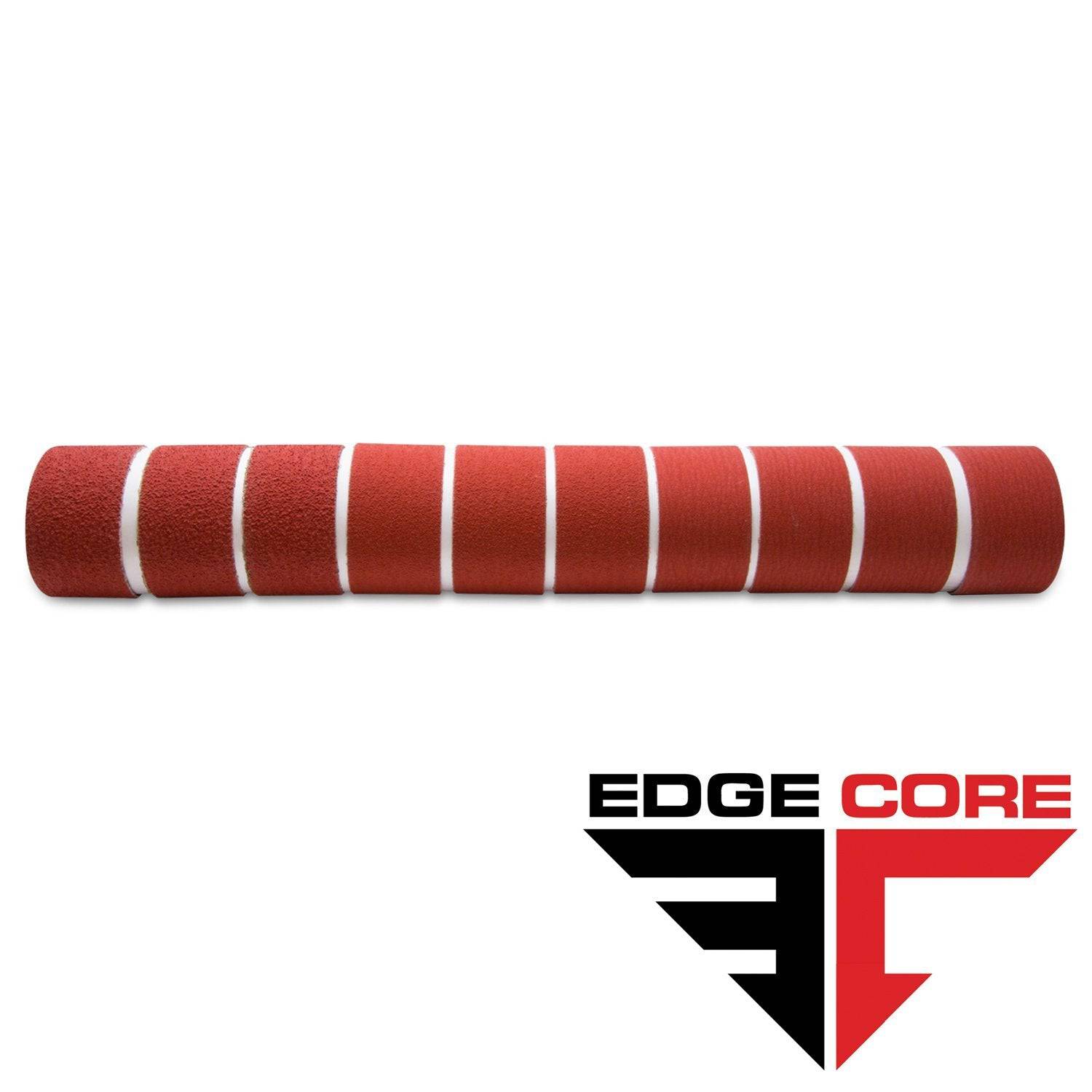
2 X 72 Inch Knife Makers Sanding Belts Assortment
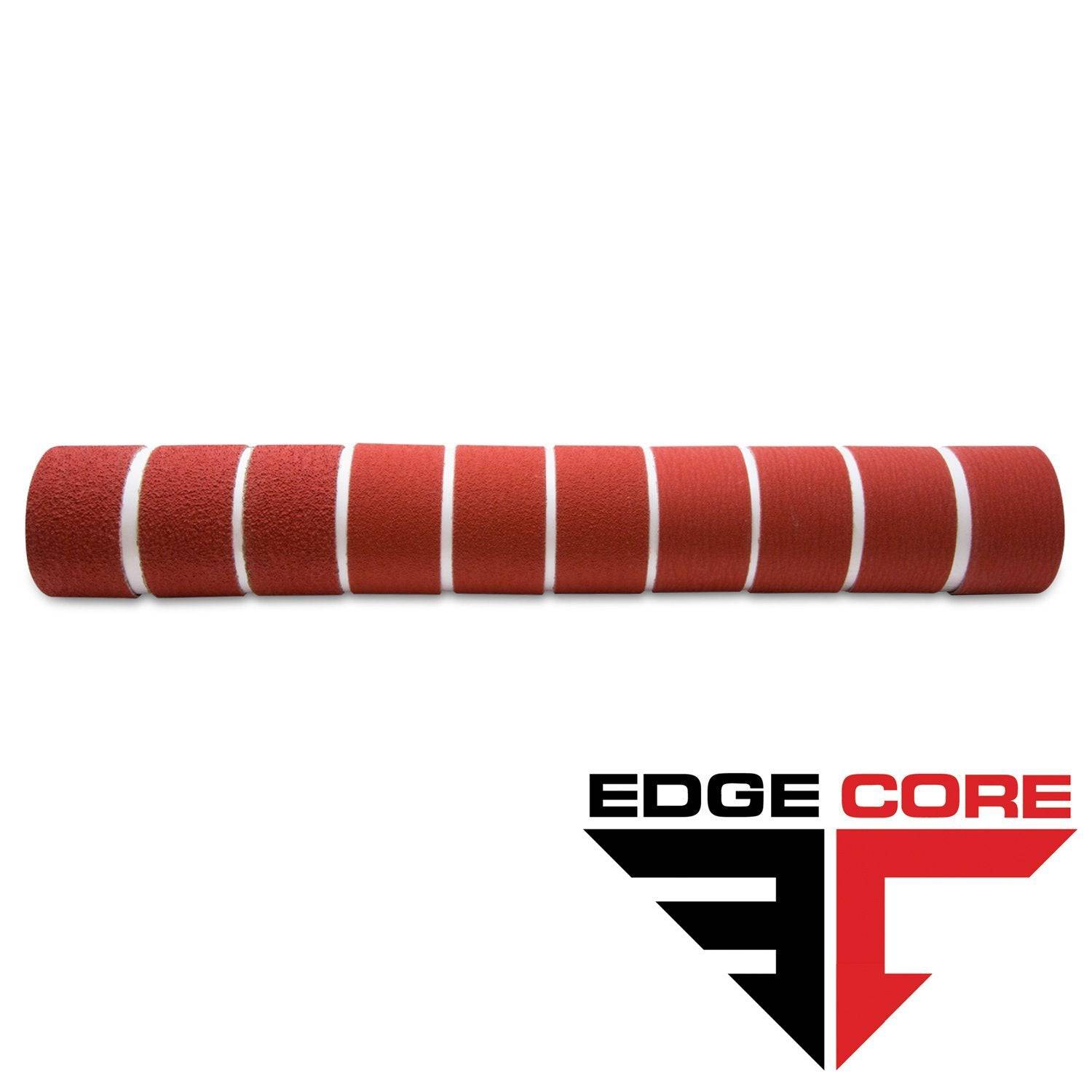
2 X 60 Inch Knife Makers Sanding Belts Assortment
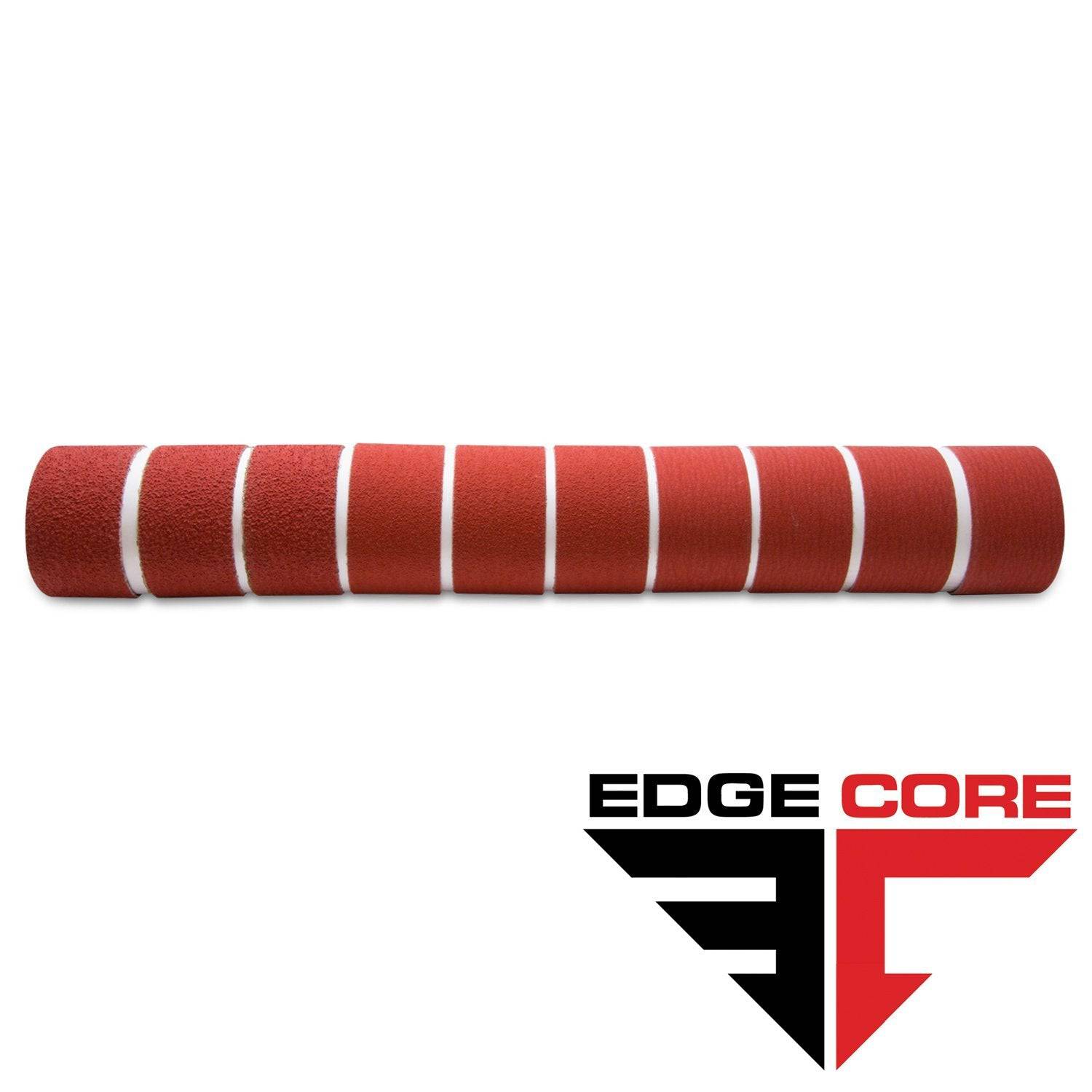
2 X 48 Inch Knife Makers Sanding Belts Assortment
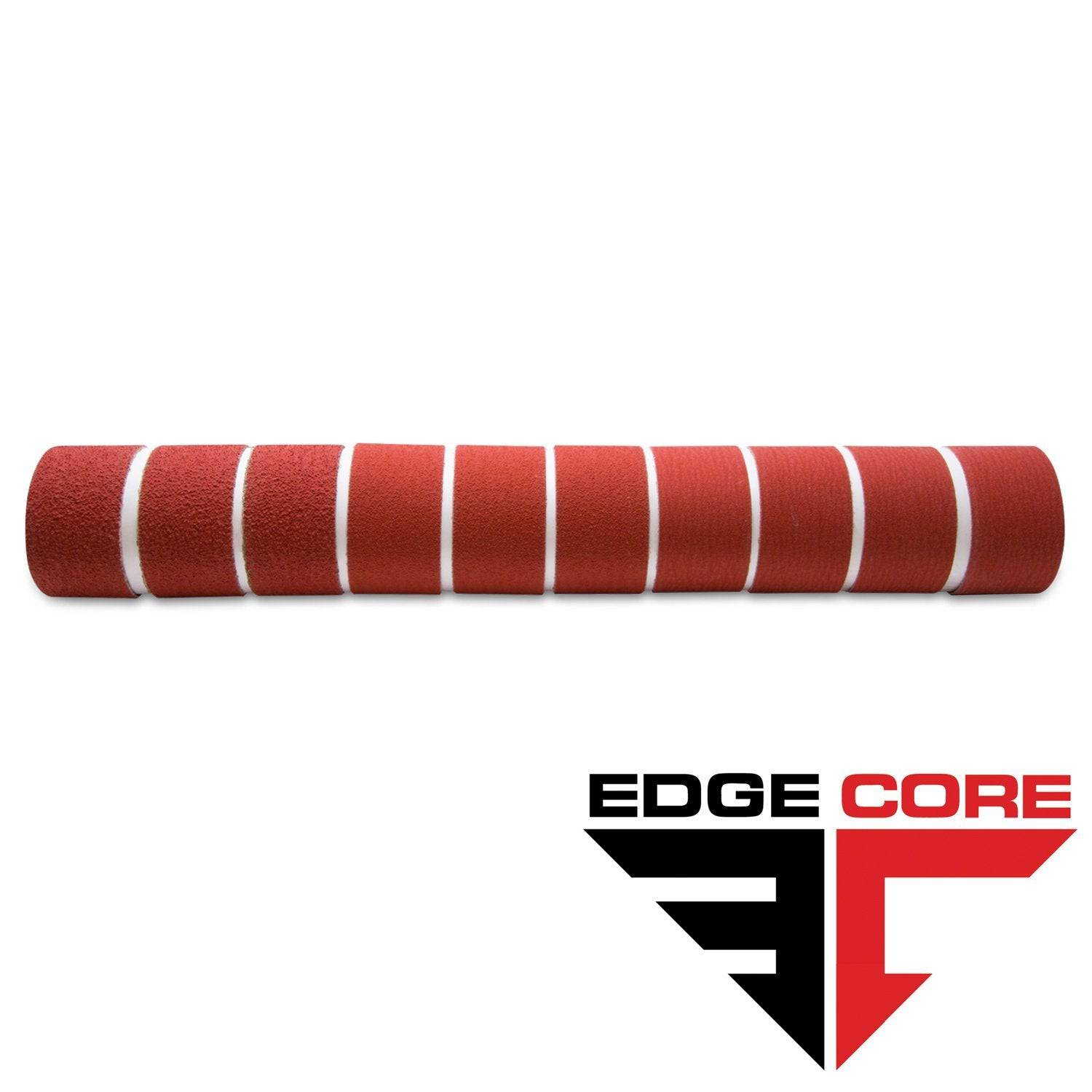
2 X 36 Inch Knife Makers Sanding Belt Assortment
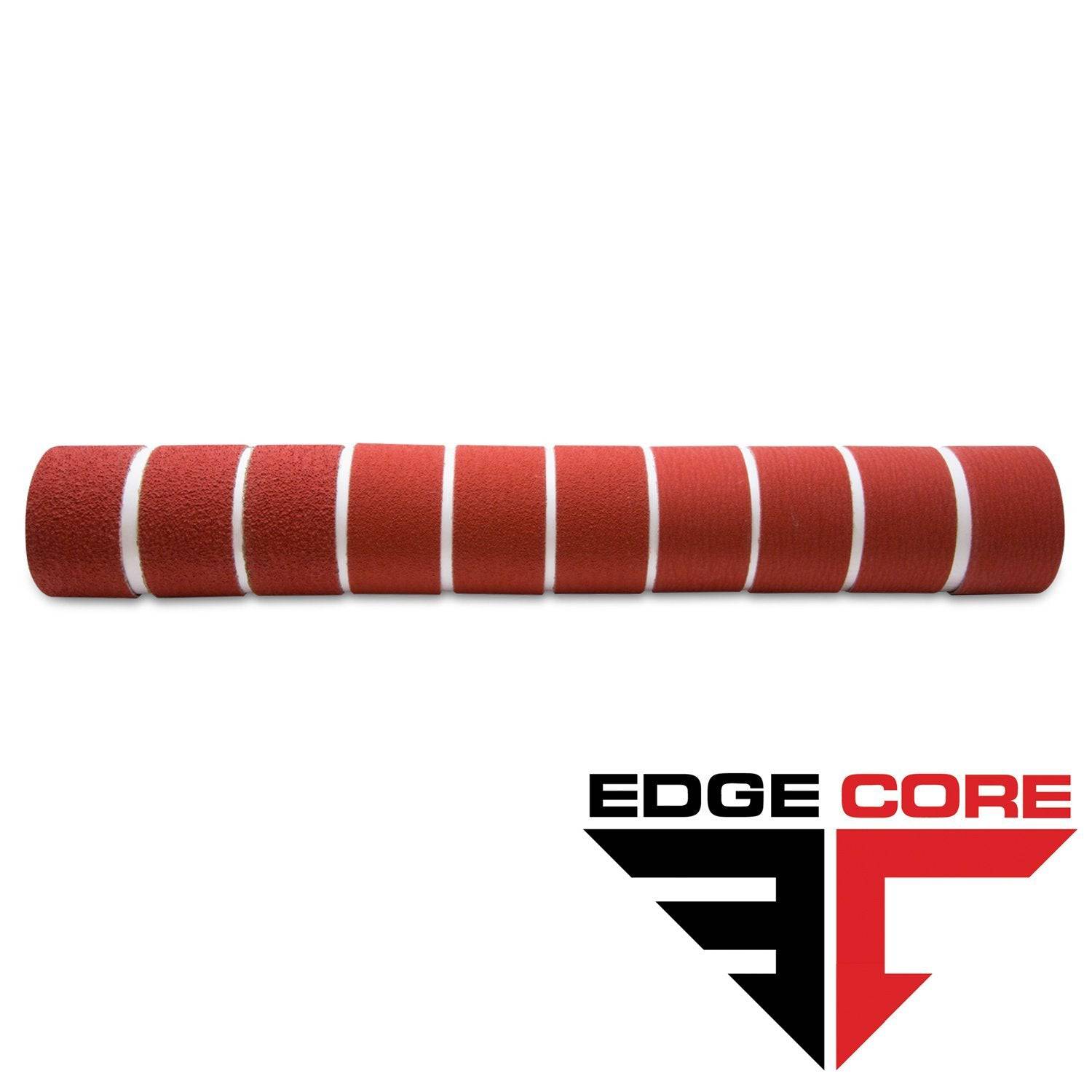
2 X 42 Inch Knife Makers Sanding Belts Assortment
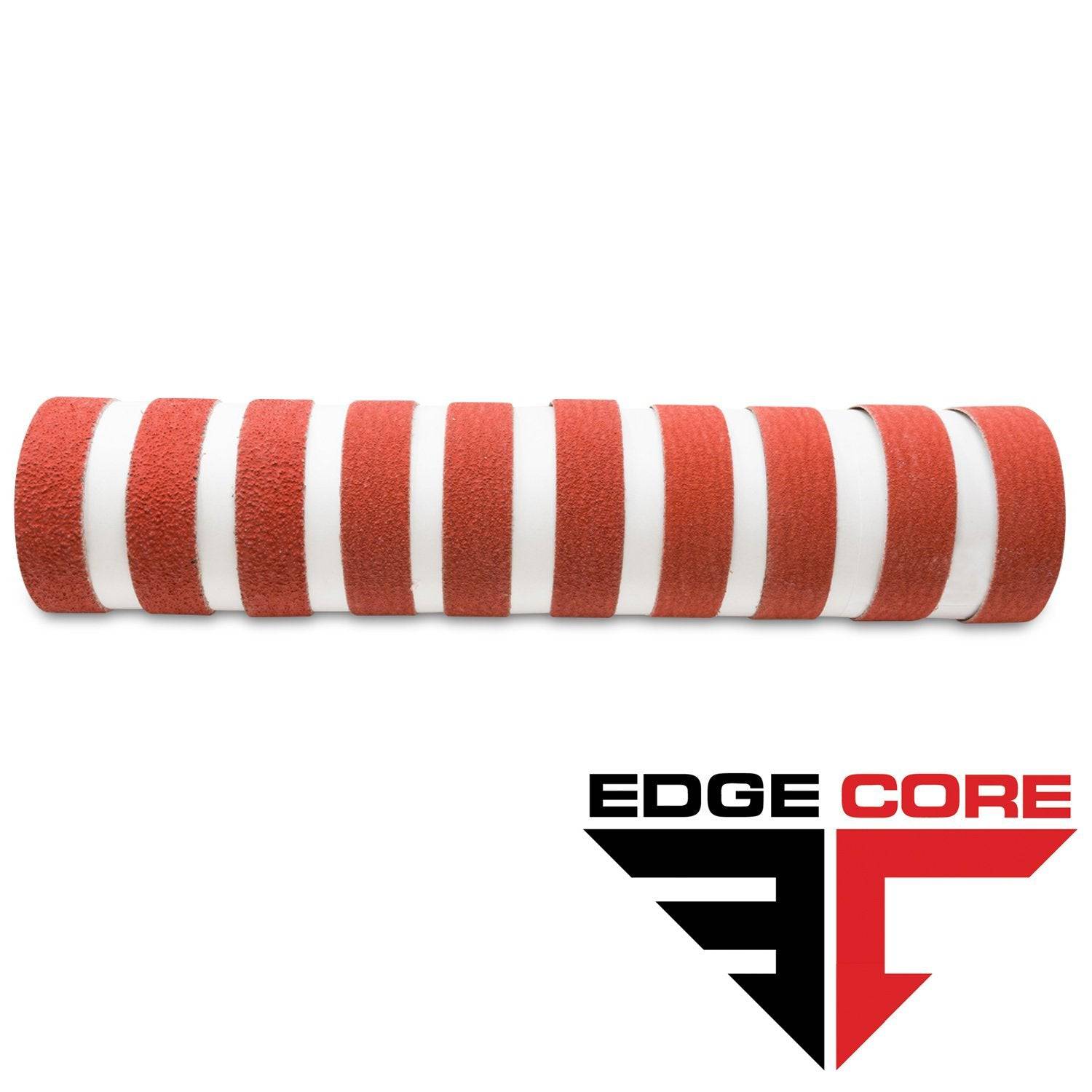
1 X 30 Inch Knife Makers Sanding Belts Assortment
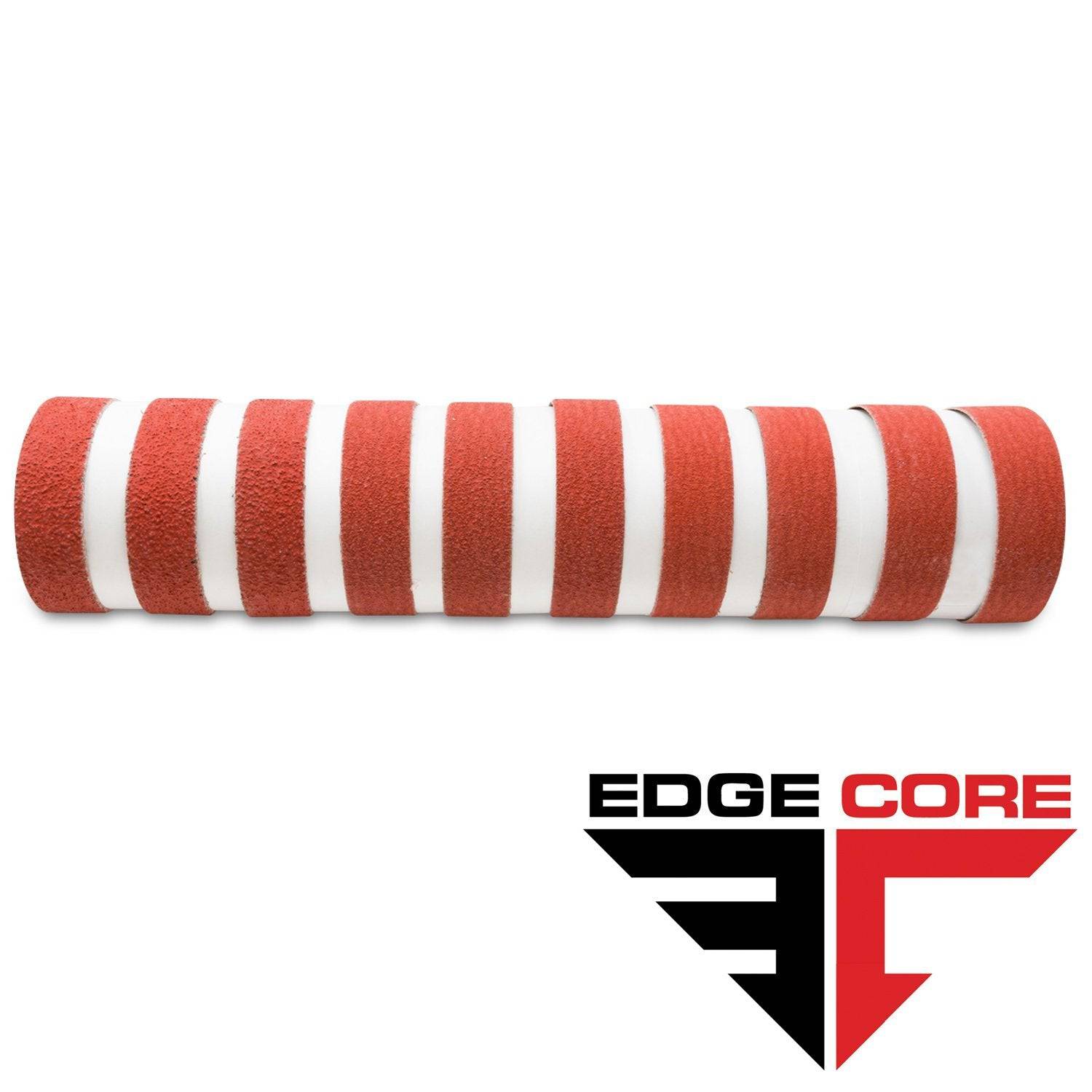
1 x 42 Inch Knife Makers Sanding Belt Assortment
Shop By Product Category


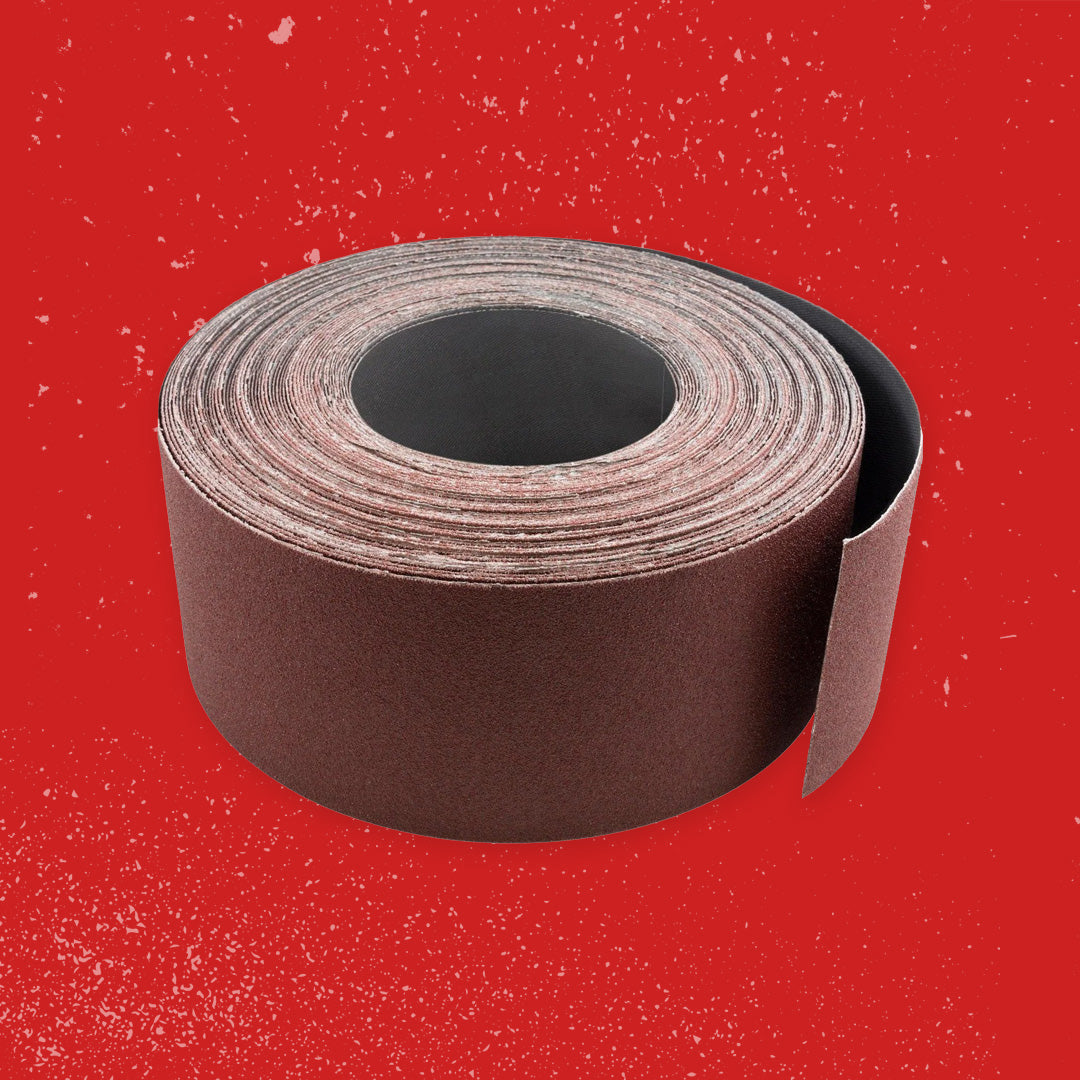


Why Choose Red Label?

